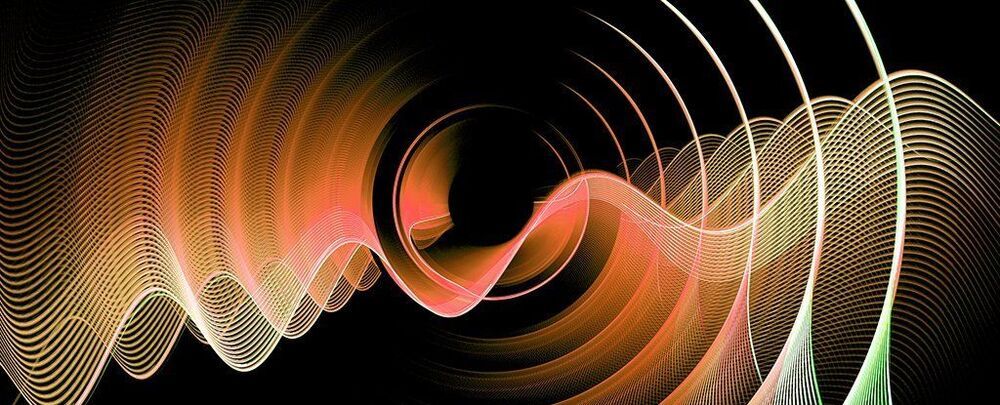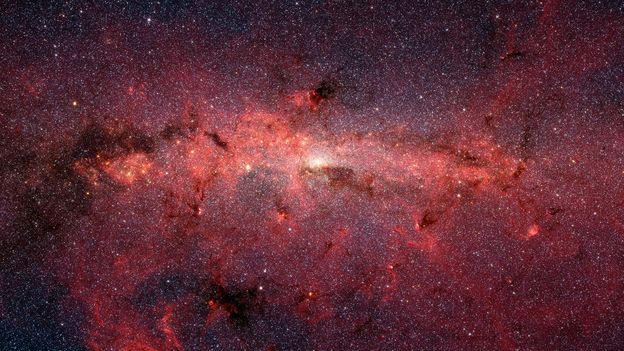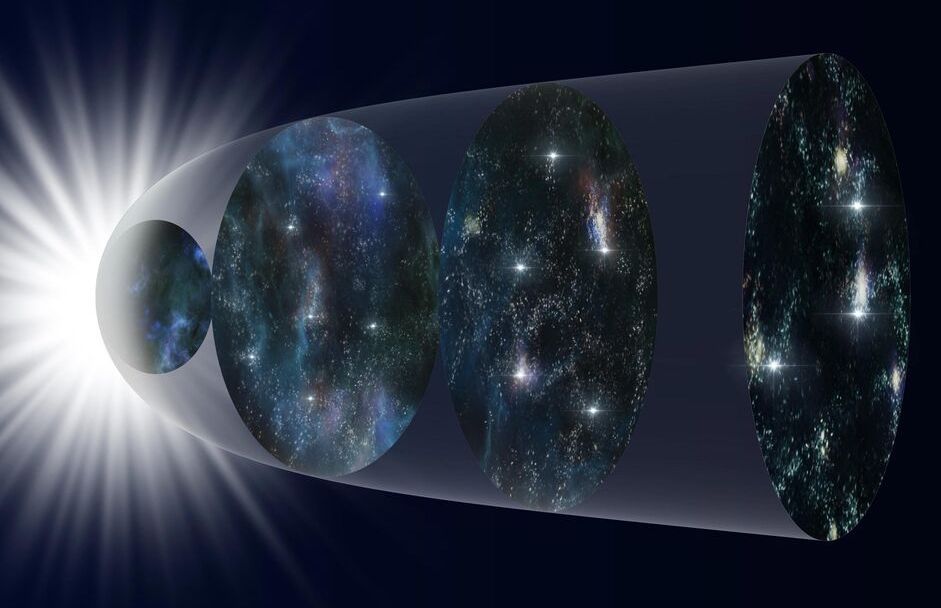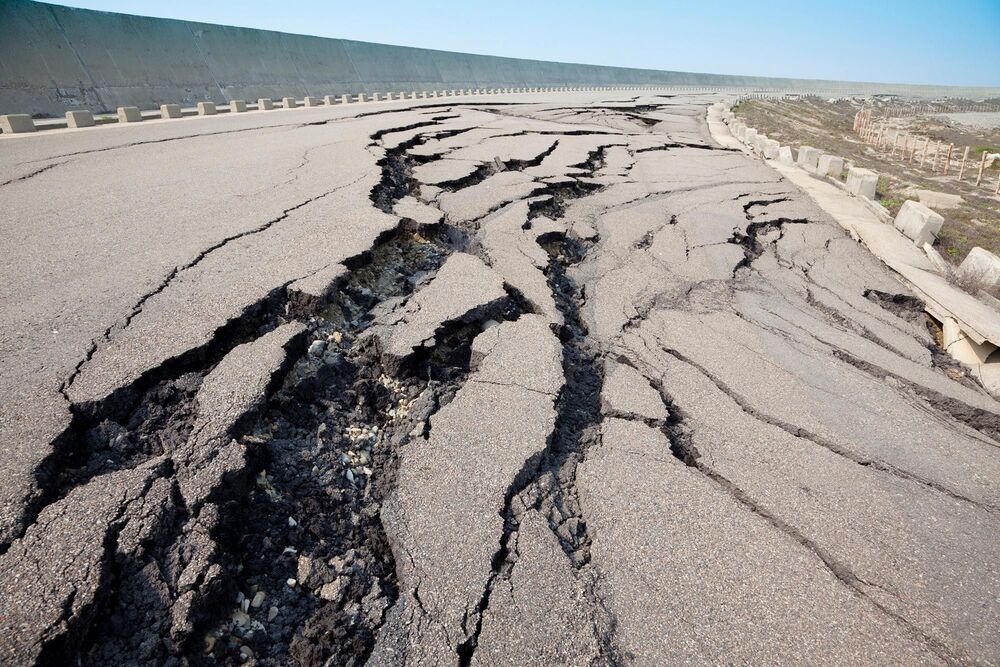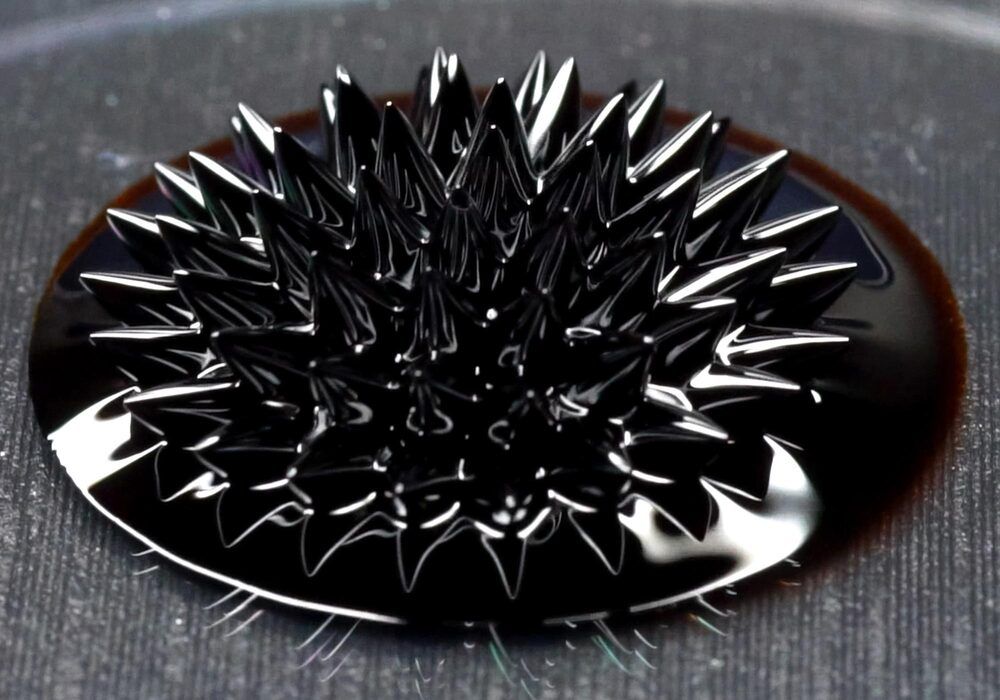This is how the future is made.
Sailing through the smooth waters of vacuum, a photon of light moves at around 300 thousand kilometers (186 thousand miles) a second. This sets a firm limit on how quickly a whisper of information can travel anywhere in the Universe.
While this law isn’t likely to ever be broken, there are features of light which don’t play by the same rules. Manipulating them won’t hasten our ability to travel to the stars, but they could help us clear the way to a whole new class of laser technology.
Physicists have been playing hard and fast with the speed limit of light pulses for a while, speeding them up and even slowing them to a virtual stand-still using various materials like cold atomic gases, refractive crystals, and optical fibers.
